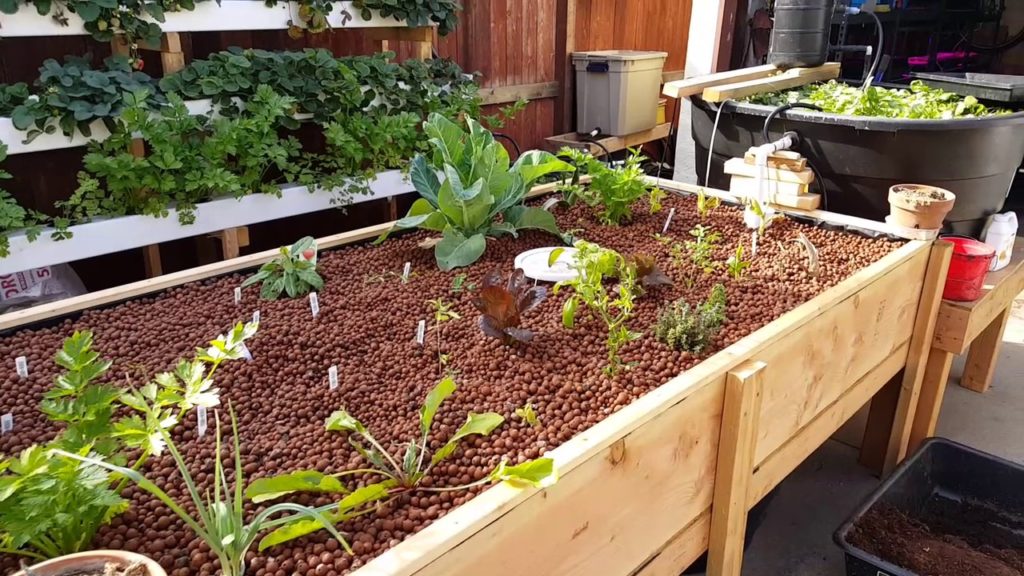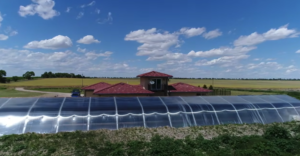Risks of Standing Water in an Aquaponics System

Standing water at the bottom of a sandponics system can pose several risks to the health of the plants and the overall system. Aquaponics is a hydroponic growing method that uses a substrate such as clay pebbles or sand as the growing medium. Some designs of the grow bed may cause standing water at the bottom.
Here are some of the risks of standing water in a aquaponics/sandponics system:
- Oxygen Deprivation
Standing water in the growing bed can lead to oxygen deprivation for the plant roots. Oxygen is essential for healthy plant growth, and without sufficient oxygen, plant roots can suffocate and die. In sandponics, it is crucial to maintain a balance between the water level and the air space above the water to ensure adequate oxygenation of the root zone.
- Root Rot
In addition to oxygen deprivation, standing water can also create conditions that favor the growth of harmful bacteria and fungi, which can cause root rot. Root rot is a disease that affects the roots of plants and can lead to stunted growth, wilting, and even death of the plant.
- Nutrient Imbalances
Standing water in the sandponics bed can also lead to nutrient imbalances. As water accumulates in the bottom of the bed, the concentration of nutrients in the water can become too high, leading to nutrient burn or toxicity. Conversely, if water levels are too low, plants may not receive enough nutrients for healthy growth.
- Algae Growth
Standing water can also create conditions that promote the growth of algae. Algae growth can compete with plants for nutrients and light, and can also clog irrigation lines and pumps, leading to system failures. Some claim that algae is actually good for the system in the initial stages, however, as it filters out the water and nitrates/nitrites.
To mitigate the risks of standing water in a sandponics system, it is important to maintain proper water levels and ensure adequate oxygenation of the root zone. Regular monitoring of water parameters such as pH, nutrient levels, and dissolved oxygen levels can help identify and address any imbalances before they become severe. Additionally, adding aeration devices such as air stones or diffusers can help maintain oxygen levels and promote healthy root growth.







